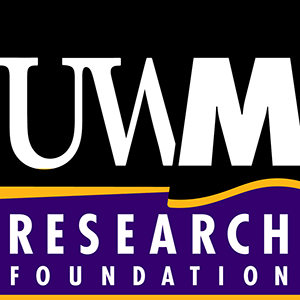
OTT1525
Applications
Self-clean windows, sensors, pipelines
Target Problems
Coatings containing nanostructured architectures have difficulty preserving their morphology following mechanical and corrosion testing. The longevity of these coatings is minimal due to the rapid function loss and weak interface bonding. Also, these nano coatings are not scalable or suitable for industrial applications.
Key Features
- Self-cleaning – super hydrophobicity
- Varying transparency – many applications and options
- Stable Materials– strong mechanical, temperature, and chemical stability
- Improved – anticorrosion versus industrial epoxy’s
- Easier to produce – mass production coating, scalable and cost-effective
Technology
Inventors at University of Wisconsin, Milwaukee (UWM) have developed a new flexible self-cleaning coating with improved mechanical and chemical stability based on a new hierarchical architecture, which is comprised of functionalized epoxy resin and industrially available activated carbon. A self-cleaning coating with high transparency can be obtained by replacing with oxide particles, which further expands the application fields. The strong bonding forces from the components contribute to high rigidity, high toughness, and high temperature tolerance as well as high chemical resistance. The result is an enhanced surface that expertly repels unwanted particles adhering to the surface for which the inventors novel coating is applied. The impressive hydrophobic and mechanical properties open an avenue for this reliable self-cleaning coating in commercial products.
Intellectual Property
US Issued Patent– US11441051B2, Mexico and Canada patent applications pending
Inventor
Junjie Niu, Ph.D., Associate Professor, Materials Science and Engineering and Richard and Joanne Grigg Professorship
Please contact our office to share your business’ needs and learn more.
